
A summer walk down a grassy path will quickly tell you one thing—there’s far more here than meets the eye. From beneath the tangle of green, field crickets sing, unseen in the heat of the day. Grasshoppers, startled from their hiding spots, lift suddenly with a golden flutter like small birds to a new resting spot, feet beyond my steps. With the rattle of freshly dried wings, a dragonfly frees herself from the thickness of tall stems and takes to the air. And a tiny toad, barely the size of my toenail, tucks himself silently into the safety of the uncut roadside.
I think about what I cannot see—for the most part, so as not to miss something I might find interesting. But also, for my safety, as well.
There might be venomous snakes.

In my county in southwestern Ohio, I walk without concern. But traveling a few counties to the north or a few counties to the east quickly puts me in different territory.
In wetlands, I wonder…Massassauga rattlesnakes?
In the unglaciated hill country, I think…timber rattlesnakes?
And, when the dirt beneath my feet turns from beige to blushing brown, I know to beware…copperheads.
I’ve never seen one in the wild.
I’ve always hoped to discover one, though—watch it carefully from a distance as it warms itself in the afternoon sun or slithers across the path a few feet ahead of my footsteps. As long as we both see each other and give each other space, I really don’t worry about encountering snakes. It’s just the thinking about what I cannot see that reminds me to be ever vigilant and keeps me safely walking on the mowed paths when I travel.

The prairies of Adams County have held a special allure for me this spring.
In the past weeks, I’ve walked there 5 times—on different paths, each vastly changed as the season has progressed.
With each trip east, as the clay gives way to sand, as the farm fields roll up and over hillsides and rain-carved furrows in the pastures reveal the rusty soil, I’ve watched summer unfold a prairie landscape so rare that it feels like I’ve walked back...into a time before Ohio saw settlement.
Tall prairie grasses and the broad leaves of prairie-dock fill the small opening in the surrounding woods of post and blackjack oak. The ground is gritty and dry. Of prairie types, this is described as “xeric limestone” and its southern exposure and hilly terrain offer little water or shelter from the afternoon sun.

The plants that grow here are tough as nails.
With long taproots and leathery leaves, they grab and hang onto each precious drop of water, endure drought and fire, resist everything--except the plow.

Eying a tall, slender spike of tiny, faintly blue flowers, I stepped carefully one foot off the trail and focused my camera. Caught in my peripheral vision, a flattened, coiled object the size of a dinner plate lay motionless in the grass a few feet away. I glanced quickly down and froze in my tracks, the orange scales at my feet making my heart pound, my camera drop lazily around my neck.

More aware of my intrusion than I had been of her presence, she eyed me as well and flicked her black-tipped tongue without flinching--a large garter snake warming herself in the safety of the tall prairie grass. But in my head, she had become the copperhead I knew was also hiding there.
Lesson learned: pictures from the path, snakes in the grass.


The Eastern Garter Snake, Thamnophis sirtalis, is one of 3 species of garter snakes found in Ohio. Usually between 18-26 inches in length, this individual was close to 32 inches—still a bit less than the outer range of 48, but the largest garter snake I’ve ever seen!
Usually marked by 3 light-colored stripes, one dorsal and 2 laterals covering rows 2 & 3 on each side, eastern garter snakes have varying colors (blues, browns, greens) and patterns (stripes, checkerboards). Most active during the day (diurnal), they are frequently found basking among vegetation or in low shrubs. Although they tend not to climb, they are good swimmers and may be prefer sites close to water.
Because of having an adaptable diet, garter snakes are found in a variety of habitats and although always carnivorous, may eat worms, frogs and toads, mice, bird eggs and even carrion. Because they are not constrictors and do not have venom, garter snakes rely on powerful jaws to overpower prey. It is thought that a mild toxin in their saliva may subdue frogs and toads until swallowed.
Garter snakes have live birth (ovoviviparous) but give no care to their young.
Though not aggressive, if approached, they will coil and strike and are known to vigorously defend themselves by biting and musking.
















































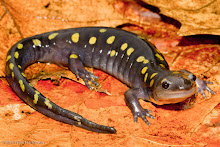



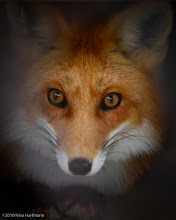

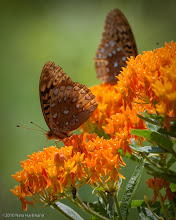

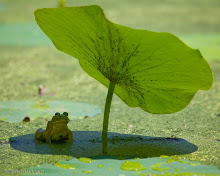
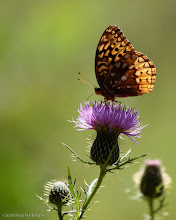
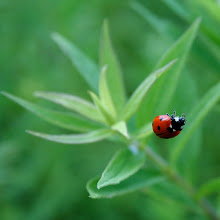




























%20copy.jpg)














